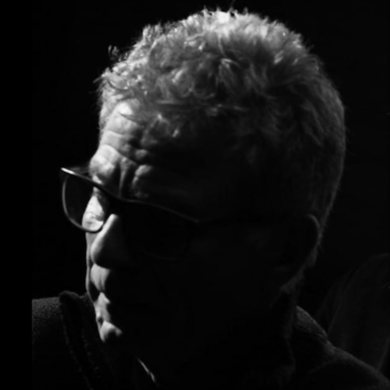Having grown up in Guyana and then moving to the UK, Hew Locke’s work reflects the cultural diversity and the various historical fusions visible in both places. The title of the work, Koh-i-Noor means "Mountain of Light" and is the name of what was once the largest known diamond in the world. The Koh-i-Noor originated in India and belonged to various Indian and Persian rulers who fought bitterly over it at various points in history. Eventually it became part of the British Crown Jewels when Queen Victoria was proclaimed "Empress of India" in 1877. The cut of the single gem was not to European tastes, and it was split in two and under to guidance of Prince Albert. The crown and gems remain in the Tower of London. Locke’s work, Koh-i-Noor, depicts the Queen using various materials, with the hair mimicking rhododendrons, a Himalayan shrub common in stately homes and parks such as the Queen’s Scottish estate at Balmoral. He was also inspired by the landscapes in Indian miniature paintings of Maharajahs hunting on their estates. Historically the health of the land was dependent on the health of the monarch and the forests and gardens growing out of the work symbolise this concept.
Your purchase includes
High resolution image
Your edition number
Your certificate of authenticity
Right to resell on Trade
Play via Art Stream
Art Stream subscribers add this and any any other artwork that is not sold out to their playlists. Start Free Trial
Other artworks by artistAll artist artworks
Similar worksBrowse all artworks
Artists you might like View all artists

- Artworks
- 16
- Collectors
- 1173
- Following
- 4
- Followers
- 2880
- Collected
- 13

- Artworks
- 5
- Collectors
- 128
- Following
- 27
- Followers
- 390
- Collected
- 5

- Artworks
- 76
- Collectors
- 1170
- Following
- 337
- Followers
- 1003
- Collected
- 86

- Artworks
- 44
- Collectors
- 184
- Following
- 23
- Followers
- 468
- Collected
- 0